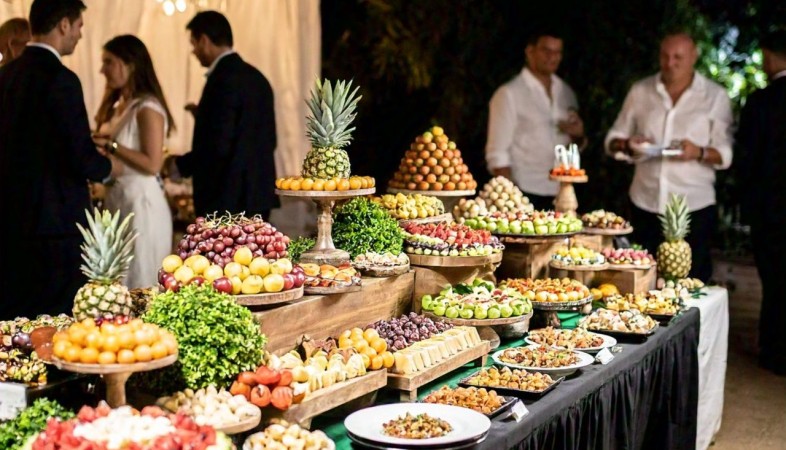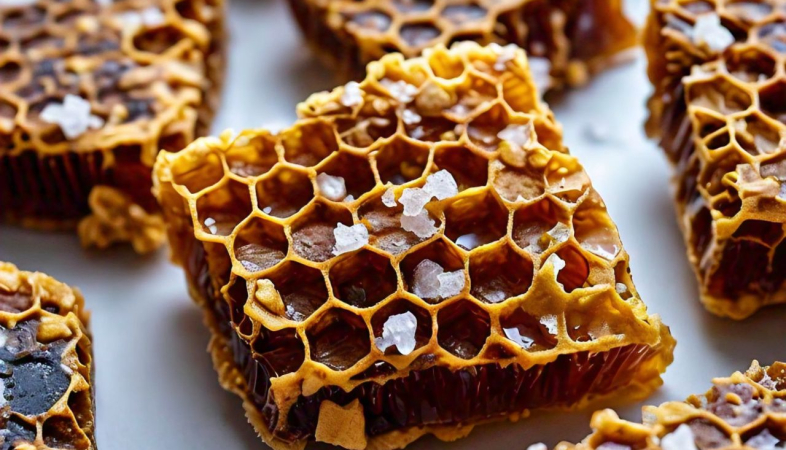Colorful Confections: The Evolution of Natural Food Dyes
This evolution reflects broader trends in the food industry, where natural ingredients are increasingly prioritized.
In the world of confectionery, the visual appeal of a treat
can be just as important as its taste. Colorful confections not only attract
consumers but also play a significant role in the overall eating experience.
Over the years, the use of food dyes has evolved dramatically, with a notable
shift from artificial coloring agents to natural food dyes that are more in
line with health-conscious consumer preferences. This evolution reflects
broader trends in the food industry, where natural ingredients are increasingly
prioritized.
Historically, artificial food dyes dominated the market, with brands relying on synthetic colorants to achieve vibrant hues in candies, chocolates, and baked goods. However, concerns over health risks associated with these artificial dyes—such as hyperactivity in children and potential links to various health issues—have prompted a shift towards natural alternatives. As consumers become more informed and discerning about their food choices, there is a growing demand for transparency in ingredient sourcing and the desire to avoid synthetic additives.
Natural food dyes, derived from fruits, vegetables, and spices, are emerging as popular alternatives. Ingredients like beet juice, turmeric, spirulina, and annatto offer a range of colors that can be used in confectionery to create visually stunning products. For instance, beet juice can impart a deep red hue, making it a perfect choice for colorful candies and frostings. Turmeric, known for its bright yellow shade, can enhance the visual appeal of chocolates and baked goods while offering potential health benefits due to its anti-inflammatory properties.
The use of natural dyes in confectionery also allows for greater creativity and experimentation in flavor and color combinations. As confectioners explore the nuances of various natural ingredients, they are discovering unique ways to incorporate them into their products. For example, butterfly pea flower extract is gaining popularity for its stunning blue hue, which can be used to create eye-catching desserts and drinks. When combined with acids like lemon juice, the color changes to vibrant purples and pinks, offering a visual spectacle that delights consumers.
In addition to enhancing aesthetic appeal, the shift towards natural food dyes aligns with the increasing consumer interest in sustainability and environmental responsibility. Many natural colorants are derived from plant sources, reducing the environmental impact compared to synthetic dyes that may involve chemical processes. By sourcing ingredients locally and using renewable resources, confectioners can appeal to environmentally conscious consumers who prioritize sustainability in their purchasing decisions.
Moreover, the evolution of natural food dyes has prompted innovations in food technology. Advances in extraction and processing techniques allow for the efficient capture of pigments from natural sources, resulting in dyes that are not only vibrant but also stable and suitable for various applications in the confectionery industry. These innovations are essential for meeting the demands of both manufacturers and consumers who seek high-quality, visually appealing products.
The growing popularity of natural food dyes has also led to the emergence of new market trends. As confectioners and brands embrace these ingredients, they are creating a niche for products that emphasize their use of natural colorants. From artisanal chocolate makers to large-scale manufacturers, many are proudly showcasing their commitment to natural dyes through marketing and branding efforts. This transparency resonates with consumers who appreciate knowing what goes into their food, creating a connection between the product and the customer.
However, the transition to natural food dyes is not without its challenges. While many natural colorants offer beautiful hues, they often come with limitations in terms of color stability and shelf life. Unlike synthetic dyes, which can withstand varying pH levels and temperatures, natural dyes can be affected by environmental factors, leading to color fading or changes over time. As a result, confectioners must carefully consider the formulation and storage conditions to maintain the desired appearance of their products.
Additionally, the range of colors achievable with natural dyes can be narrower than that offered by artificial counterparts. Confectioners may need to blend different natural dyes to achieve specific shades, which can require additional research and experimentation. Despite these challenges, the advantages of using natural food dyes often outweigh the drawbacks, leading to a flourishing trend in the industry.
The evolution of natural food dyes marks a significant shift in the confectionery landscape. As consumers increasingly prioritize health, sustainability, and transparency, confectioners are responding by embracing natural colorants derived from fruits, vegetables, and spices. This movement not only enhances the visual appeal of confections but also fosters a deeper connection between consumers and their food. As innovation continues to shape the development of natural dyes, the future of colorful confections looks promising, with endless possibilities for creativity, flavor, and responsible sourcing. By celebrating the beauty and benefits of natural ingredients, the confectionery industry is poised to thrive in a world that values both aesthetics and ethics.
.png)





























